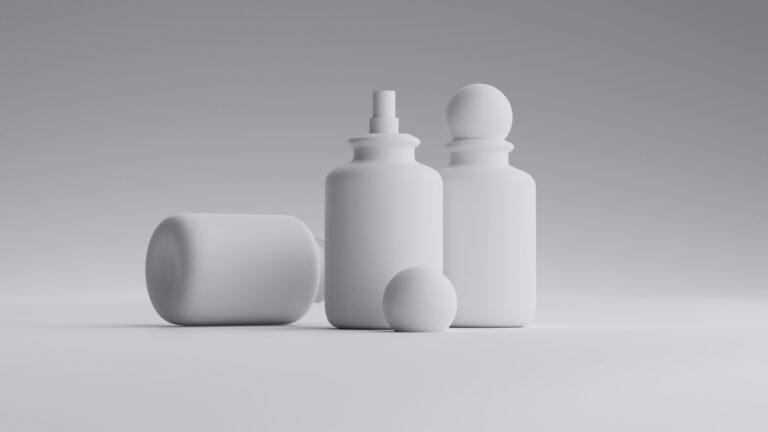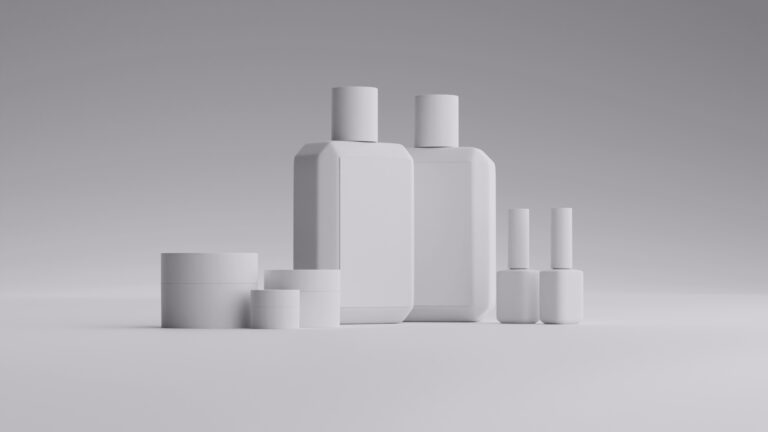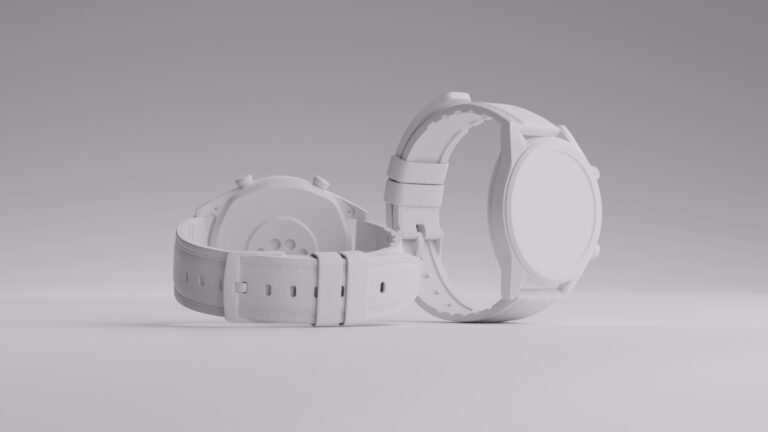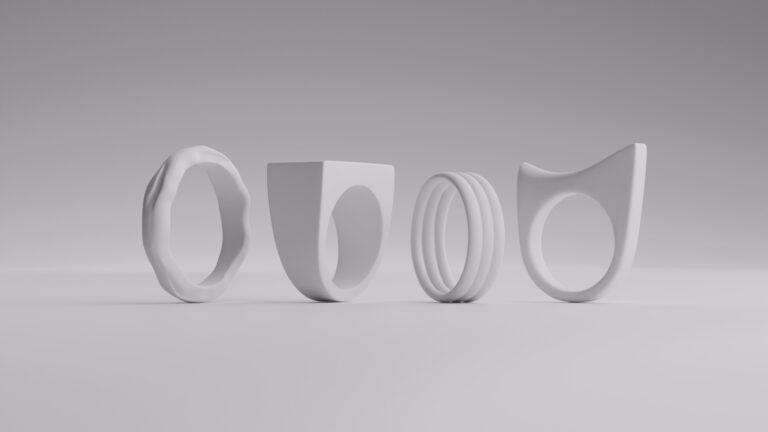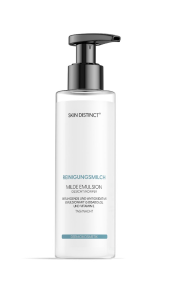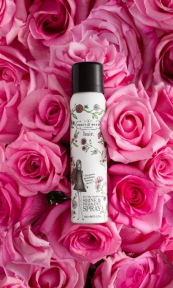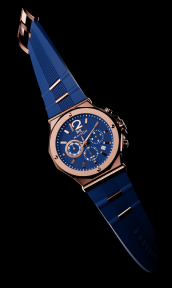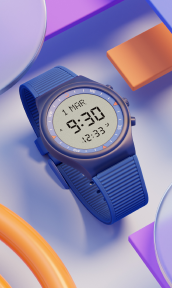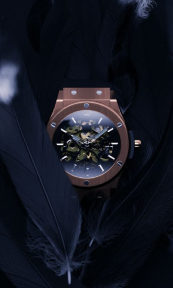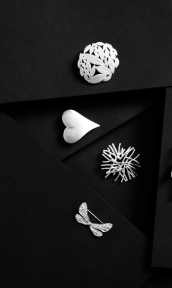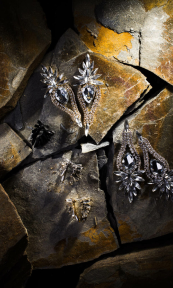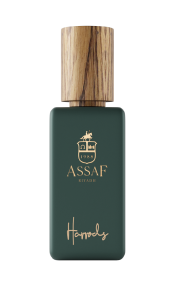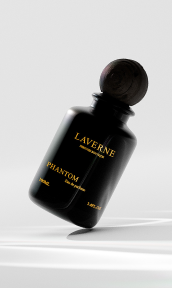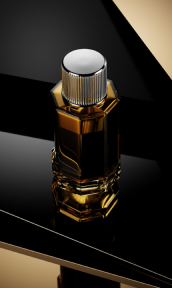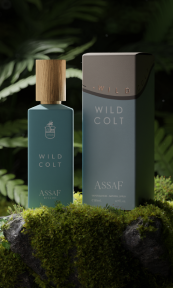Think of moody product photography as storytelling through shadows and light. It’s the difference between a simple product photo and one that makes you pause, feel something, and remember the image long after you’ve scrolled past it. This creative approach transforms everyday products into pieces of art, using dramatic lighting and rich atmospheres to create photos that truly connect with viewers.
The growing demand for authentic and emotionally engaging content has revolutionized how brands approach product photography. This sophisticated approach transforms ordinary product shots into compelling visual narratives that capture attention and inspire action. Let’s explore the essential elements that will help you master this captivating style.
The psychology of moody aesthetics

Moody product photography taps into fundamental human emotions through visual storytelling. Research in consumer psychology shows that images evoking feelings of mystery and sophistication create stronger brand recall and emotional investment. When viewers encounter thoughtfully composed moody images, their brains process these visuals more deeply than conventional bright, commercial photography.
There’s something almost magical about how our brains respond to shadows and dramatic lighting. Picture your favorite luxury brand’s Instagram feed – those moody, dramatic product shots probably stop your scroll every time. That’s because our minds are naturally drawn to contrast and mystery, making these images far more engaging than their bright, conventional counterparts.
Take a moment to think about the most memorable brand photos you’ve seen lately. Chances are they tell a story through their distinctive style. When you see that particular mix of shadows and light, you instantly recognize the brand – whether it’s a perfume bottle photographed in deep shadows or a handbag caught in a single beam of light. This consistent, moody style has become such a powerful marketing tool that brands across all industries are embracing it to create deeper connections with their audiences.
As an e-commerce seller, incorporating this moody aesthetic into your product catalog can transform your ordinary product listings into scroll-stopping visual experiences that set your brand apart and keep customers coming back for more.
Mastering the basics of mood

The foundation of moody product photography lies in understanding how to manipulate light and shadow to create atmosphere. Professional photographers often start with a single light source, typically natural light or a softbox, positioning it strategically to create dramatic shadows that add depth and mystery to their compositions. This technique immediately elevates the visual impact of product shots, transforming ordinary items into compelling artistic statements.
Natural light streaming through a window provides an excellent starting point for moody photography. By shooting during golden hour or on overcast days, photographers can capture soft, directional light that naturally creates atmospheric shadows. Many successful commercial photographers specifically schedule their shoots during these optimal lighting conditions to achieve the desired moody effect without extensive artificial lighting setups.
The manipulation of negative space plays a crucial role in creating mood. Photographers can direct viewer attention by incorporating dark, empty areas around the product while building tension and intrigue. Leading brands in luxury goods and premium products frequently employ this technique to convey exclusivity and sophistication in their visual marketing materials.
Crafting the perfect setup

The choice of background and props significantly influences the mood of product photography. Dark, matte surfaces like slate, weathered wood, or textured fabrics absorb light and enhance the moody atmosphere. Professional product photographers often maintain a collection of these materials, allowing them to quickly create different moody environments that complement various products.
Composition in moody product photography follows the principle of intentional simplicity. By carefully arranging elements with consideration for balance and negative space, photographers can create images that feel both sophisticated and emotionally resonant. Major fashion and lifestyle brands consistently use this approach to showcase their products in editorial-style photographs that tell a compelling visual story.
The careful selection of complementary props adds depth to moody product photography while maintaining focus on the main subject. Vintage items, organic materials, and items with interesting textures can enhance the atmospheric quality without overwhelming the composition. Leading commercial photographers often limit themselves to two or three carefully chosen props to maintain visual clarity while building atmosphere.
Elevating through post-processing

Post-processing plays a vital role in achieving the perfect moody aesthetic. Professional photographers typically begin by adjusting contrast and shadows to enhance the dramatic elements of their images. The manipulation of tone curves helps create the characteristic dark and moody look while maintaining essential product details.
Color grading significantly impacts the emotional resonance of moody product photography. Many successful commercial photographers develop signature color palettes that align with their brand’s identity. By slightly desaturating images and focusing on rich, deep tones, they create a cohesive visual style that stands out in today’s competitive market.
Local adjustments allow photographers to direct viewer attention precisely where they want it. By selectively brightening key product features while maintaining darker, moodier surroundings, photographers can create images that both captivate and inform. This technique is particularly effective in e-commerce photography, where product clarity remains essential despite the artistic approach.
Unleashing creativity with CGI

Computer-generated imagery (CGI) has revolutionized moody product photography by offering unprecedented creative control and efficiency. Unlike traditional photography, CGI artists can perfect every aspect of lighting, composition, and atmosphere without physical constraints. This technology enables brands to create consistent, high-quality moody product images while significantly reducing production time and costs.
The versatility of CGI allows for rapid style modifications and iterations. Artists can easily adjust lighting, materials, and environmental elements to create multiple moody variations of the same product, providing brands with diverse marketing assets. This flexibility makes CGI an increasingly popular choice for e-commerce platforms seeking to maintain visual consistency across large product catalogs.
The combination of CGI and traditional moody photography techniques offers exciting possibilities for visual storytelling. By leveraging the best of both worlds, brands can create unique, atmospheric product images that capture attention and drive engagement. The ability to quickly generate and modify moody product visuals gives businesses a competitive edge in today’s fast-paced digital marketplace.
Wrapping up
Moody product photography represents a powerful approach to visual storytelling that continues to shape modern commercial photography. By mastering the fundamentals of lighting, composition, and post-processing, while embracing innovative technologies like CGI, photographers and brands can create compelling visual narratives that resonate with their audience and elevate their marketing efforts.
FAQ
What lighting equipment do I need for moody product photography?
Start with a single light source, either natural light or a softbox, and add black flags or bounce cards to control shadow areas. As you advance, consider adding a fill light and specialized modifiers for more precise control.
How can I achieve moody effects without expensive equipment?
Natural window light, DIY reflectors, and simple black cards can create beautiful moody images. Focus on shooting during optimal lighting conditions and invest time in learning post-processing techniques.
What are the best camera settings for moody product photography?
Start with a low ISO (100-400), an aperture between f/4 and f/8 for adequate depth of field, and adjust the shutter speed to maintain proper exposure. Shoot in RAW format for maximum editing flexibility.
How do I maintain product clarity while creating a moody atmosphere?
Balance is key – ensure your main subject remains well-defined by using selective lighting and careful post-processing. Consider using local adjustments to maintain product details in darker areas.
Can I create moody product photos with a smartphone?
Yes, modern smartphones offer manual controls and editing capabilities that make moody photography accessible. Focus on composition and lighting fundamentals, and leverage editing apps to enhance the mood of your images.




